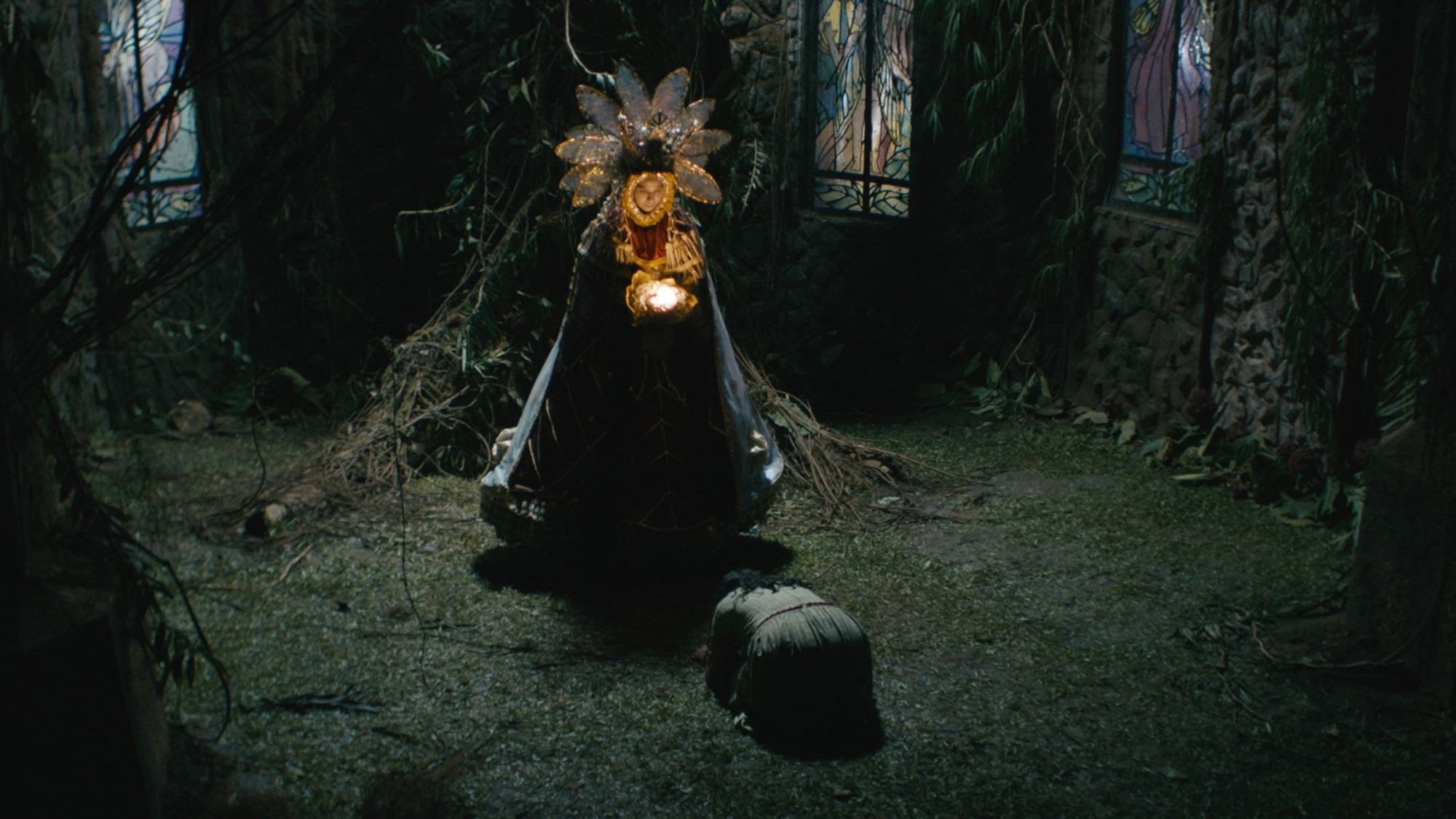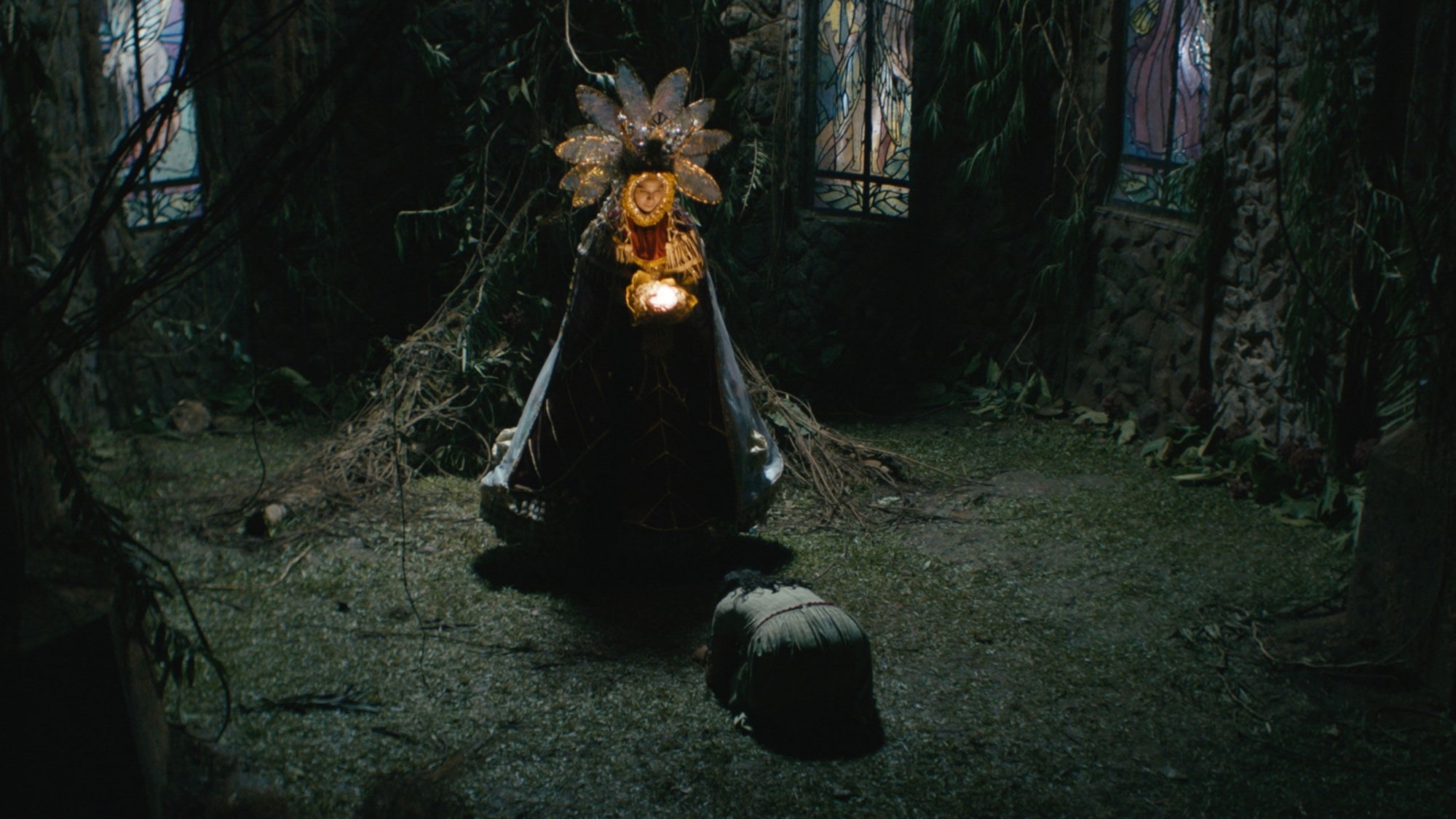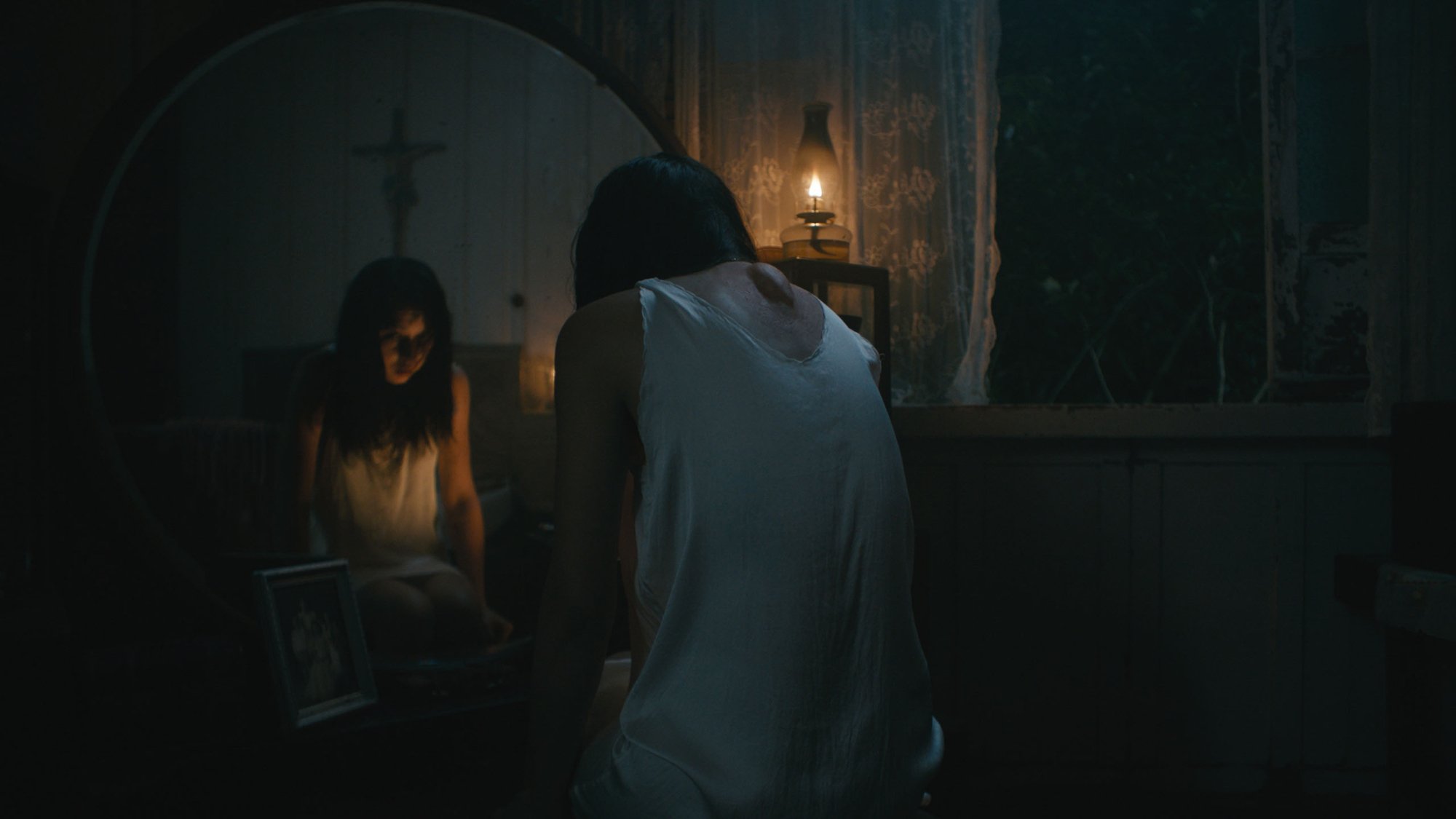
‘In My Mother’s Skin’ Movie Review [Sundance 2023]: Filipino Horror Fairytale Turns Bloodthirsty
Horror and cautionary fairytales go hand-in-hand, making the perfect marriage between fantastical and terrifying. Kenneth Dagatan’s In My Mother’s Skin is a Filipino feature film that does exactly that, which will inevitably draw comparisons to Guillermo del Toro’s Pan’s Labyrinth. However, this rural Filipino setting offers its own horror, drawing from local mythologies to keep you up at night.

‘In My Mother’s Skin’ digs its teeth into rural Filipino horrors

Set in the Philippines at the end of World War II in 1945, a wealthy family tries to live in peace in their rural country mansion. However, the Japanese soldiers still occupying the island nation continue to torment them. They heard a rumor that the father of the family, Aldo (Arnold Reyes), stole gold and is hiding it somewhere on his property. He realizes that if they find the riches, they’ll murder his entire family, so he flees to find the Americans to request their aid.
Aldo’s wife, Ligaya (Beauty Gonzalez), is left all alone with their young daughter, Tala (Felicity Kyle Napuli), and her brother, Bayani (James Mavie Estrella). When Ligaya suddenly falls ill, the children are left to continue carrying the household, awaiting their father’s uncertain return. Tala turns to a sinister fairy (Jasmine Curtis-Smith) whose help isn’t quite what it seems.
The danger of trusting strangers
Dagatan’s screenplay emphasizes the hopelessness that Aldo’s family feels. After two weeks pass, they’re running low on food and question if he’s even still alive. They may be waiting for their patriarch, who could already be dead. However, they still need food to survive and can only rely on one another for help. Ligaya warns her children of the dangers that lurk further into the forest, but Tala and Bayani don’t heed her warning, and they enter the ominous woods, regardless.
As is customary with fairytales and mythological stories, In My Mother’s Skin instills motifs and lessons that its characters predictably don’t follow. Religious imagery and decor are scattered around the house, which offers a stark contrast to the evil ongoings that unfold. Tala is told to seek light in response to evil, although the initially friendly fairy deceives her, telling the young girl that only children with untainted hearts can find the temple in which she resides. Tala’s naivety and childlike wonder ultimately betray her.
The fairy’s mythology is tied to cicadas that surround the area, resulting in the creature feeling omnipresent. She uses the knowledge accumulated through these insects against the family, putting Tala in precarious situations where she seemingly has no choice but to listen to her sketchy offers. An abundance of free food never fares well for young protagonists, and it’s no different here.
‘In My Mother’s Skin’ is a slow cautionary tale

Dagatan primarily focuses on the fairytale aspects of the narrative, allowing the horror to build slowly, aside from the opening sequence that warns of the terror to come. It all ultimately builds to a ghastly climax drenched in blood, but Dagatan never entirely abandons the quiet whispers of darkness that lead to the carnage. There are a few chilling moments, such as a late-night bedroom fright that leaves Tala petrified.
Cinematographer Russell Adam Morton fully embraces the setting, bringing the lush colors of the woods during the day that turn into something much darker at night. Unfortunately, some of the special effects are a mixed bag. Demonic face morphs and peculiar tongue gags could look cleaner to give these scenes a more chilling edge.
Much like an ancient fairytale, Dagatan’s narrative is a cautionary tale involving parents and children, as well as being careful around strangers. Looks may be deceiving, which Tala finds out the hard way. In My Mother’s Skin is an unforgiving dark fairytale that doesn’t let its characters or the audience off the hook.


